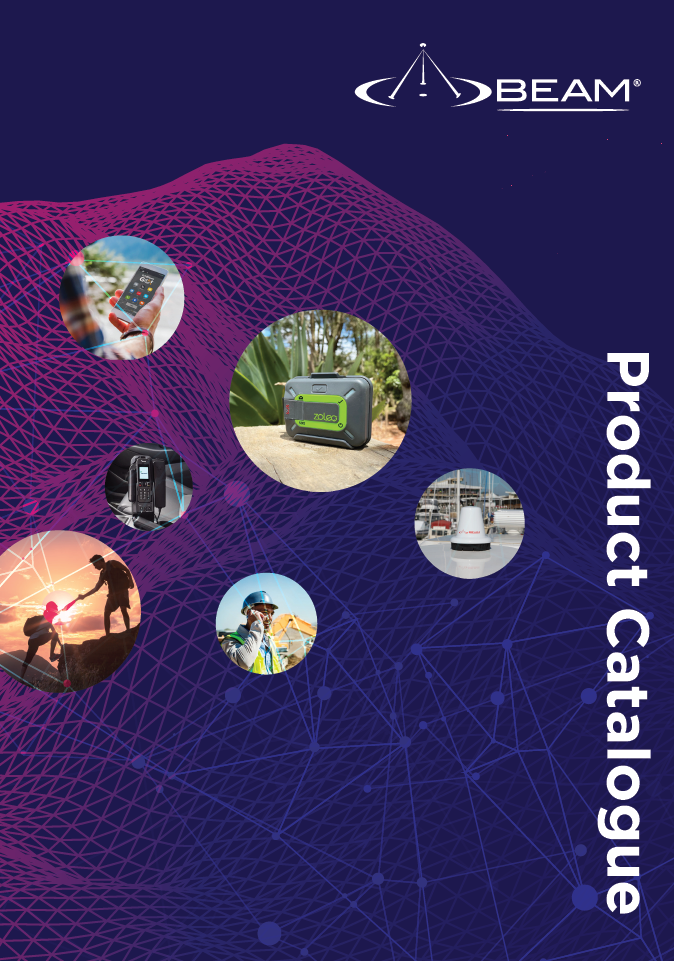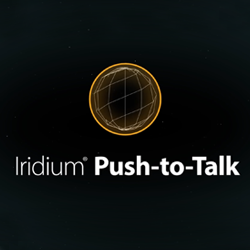Reliable Mobile Communications Do Matter
A 25-year-old man died of dehydration after his vehicle bogged down at a remote station in the Simpson Desert near the Queensland-Northern Territory in Australia. He collapsed after walking about 6km (3.7 miles) in almost 47 degrees Celsius heat (116.6 degrees Fahrenheit).
Australia is widely known for its vast land mass, where approximately 85 percent of the country is considered to be “remote.” These areas have no mobile phone service and poor UHF and HF radio service during the daylight hours. When an emergency occurs, the most reliable communicate is over satellite—satellite communications are a lifesaver for those living or traveling in these vast remote areas.
Australia suffers through many natural disasters each year. Bushfires, cyclones, floods—disasters can strike at any moment at any location and have a huge impact on the environment and the people. Emergency services and rescue teams are always on alert and ready to quickly respond to any disaster. In an emergency, the team depends on the reliability of their communication be such voice or data, to alert authorities, contact loved, ones, coordinate rescue teams, and to facilitate the response that is required.
However, in a majority of cases, either the terrestrial communication is damaged or congested, or the emergency is in locations where terrestrial communication are non-existent, such as at sea or in truly remote areas.
Satellite communication (SATCOM) is the perfect option being, as it is, unaffected by terrestrial issues, all the while offering global connectivity. Nevertheless, the satellite user equipment and solutions must meet specific requirements to accommodate the needs required.
Emergency Communication
Disaster situations have two categorizations: The emergency and the recovery. Emergency solutions are designed to prevent or alleviate dangerous and life threatening situations by alerting authorities or rescue teams as quickly as possible. Should a vehicle be traveling in a remote area suddenly break down, SATCOM enables the operator of the vehicle to send a message or a call for assistance.
Piracy at sea is an emergency scenario wherein Beam Communication solutions can make a real difference for those involved. In case of attacks from pirates, the ship’s crew can send an Alert message to the authorities. The covert nature of the Beam solutions also makes it difficult for the pirates to notice the equipment, which is then less likely to be destroyed by the attackers. This is an example of how an emergency communication solution can be matched to very specific environmental and user requirements.
Recovery Communication
The recovery phase focuses on a quick deployment of resources to reach an affected area.
The solution must be portable and able to handle rugged environments. The rescue team should be able to easily carry the equipment to the disaster zone and the complete solution is packaged in a robust, transportable case. Another requirement is ease of deployment and use. The emergency team is able to deploy the equipment quickly to create a local network for data communication or for deployment for voice transmissions. In minutes, they need to be able to start transmissions, as being able to respond quickly is critical and can save lives.
For both cases of emergency and disaster recovery, a common denominator is the reliability of the equipment. Any solution must work correctly when it is needed and must continue to viably operate throughout the duration of the emergency.
Queensland Emergency Ops
Queensland Emergency Services deals with rescue and recovery from the occasional floods and cyclones that strike Australia every year. For example, there are huge areas of desert around geological centers in Queensland that attract many travelers and adventurers—many arrive at these locations totally unprepared for, and unaware of, the dangers that can suddenly occur in these terrains.
Mick Selfe, who works for the emergency services, is faced with such disasters on a regular basis. He has installed a Beam DriveDOCK docking station and an Iridium 9575 in his vehicle as tried and true safety measures. He relies on Iridium 9575’s safety features to communicate with other emergency services and rescue teams when they are needed.
Royal Flying Doctors’ Service
The Royal Flying Doctors (RFDS), New South Wales, takes care to the furthest reaches of Australia. Anyone who lives, works or travels in remote and rural Australia can enjoy the best of health, thanks to this service’s use of the latest aviation advances, medical and communications technology.
Services are delivered by dedicated teams of professionals with 24-hour emergency services as well as everyday essential health care.
The Royal Flying Doctor’s Service is a not-for-profit organization and is supported by the Commonwealth of Australia, State and Territory governments, and also receives generous donations from corporations and the communities they serve.
There are four operating sections that provide the remote and clinical services across the country. RFDS operational bases and health facilities form a strategic network that delivers effective health care via a range of staff that includes management, medical practitioners, women’s health doctors, registered nurses, Aboriginal and Torres Strait Islander health workers, allied health professionals, pilots and administration officers in is mission to improve the health of the nation.
RFDS installed Beam’s satellite equipment on their planes a few years ago. The RemoteSAT unit is installed in the plane’s cabin and uses standard telephone handsets to provide reliable communications, whether on the ground or in the air.
This direct communication feed helps doctors maintain those vital contacts when transferring a patient from a remote location or a disaster and moving the casualty to a surgery or hospital for urgent medical attention.
IT Manager Gary Oldman said, “This is, by far, the best communications system we have tested. Having the quality of coverage is making it much safer and easier for our doctors and patients”
Just for Kids Children Charity is a registered organization with a focus on assisting disabled and disadvantaged children and affording them a true adventure. The organization travels extensively to remote areas where there is no phone service. Satellite communication is a lifesaver when something goes wrong.
“One fundraiser event to the geological center in Australia (Lamberts) saw us break two springs in our food wagon that was crossing from Cameron Corner to the Strzelecki Track, an extremely remote location in the middle of the desert, delaying our arrival at Arkaroola for the night,” said Mark Louez, Director of Just4kids Motortrails.
“One hundred people had to be fed,” he continued, “and a quick Iridium call to the chef at Arkaroola Village, some 400km away in South Australia, and a meal was prepared for all of our personnel that very evening. We were also able to call our spring manufacturer in Queensland to make arrangements for a new set of springs to be sent to Alice Springs.”
Just4kids Motortrails uses Beam’s PotsDock 9555, which is mounted inside the car with a privacy handset. The Iridium 9555 handset fits securely into the docking station which also features phone charging, RJ11/Pots, GPS, tracking, Bluetooth, and so on. The alert and tracking module can be configured to support periodic polling as well as emergency alert reporting.
For more information on Beam Communications contact:
Media Relations
This email address is being protected from spambots. You need JavaScript enabled to view it.
Phone: +61 3 8588 4500




